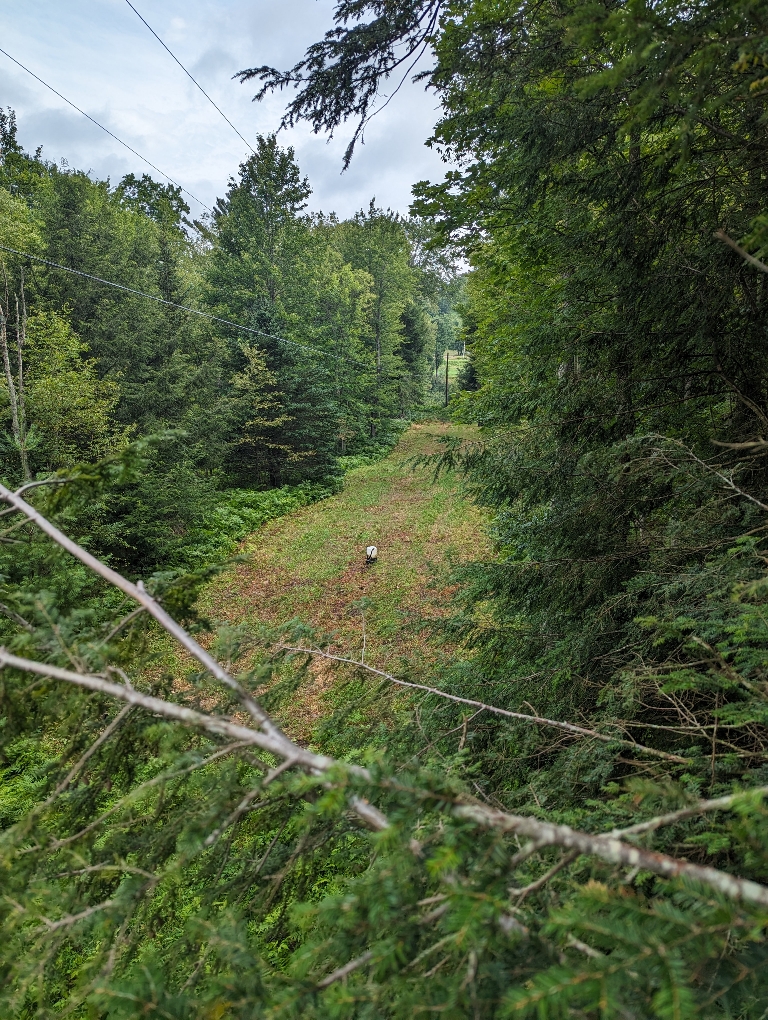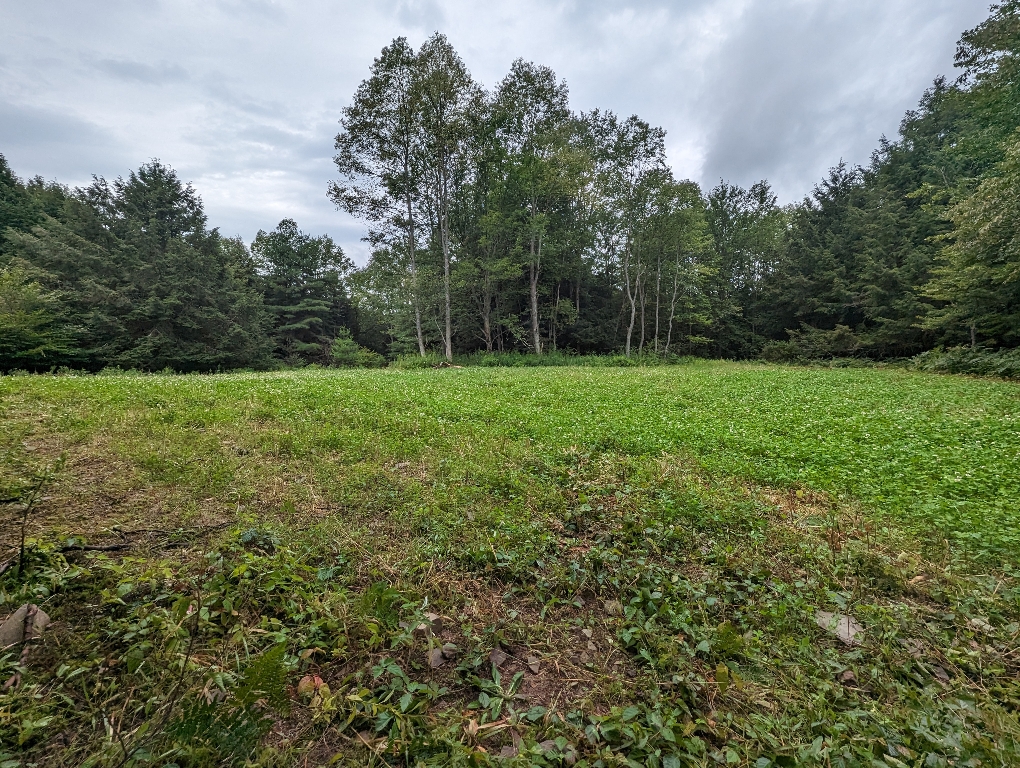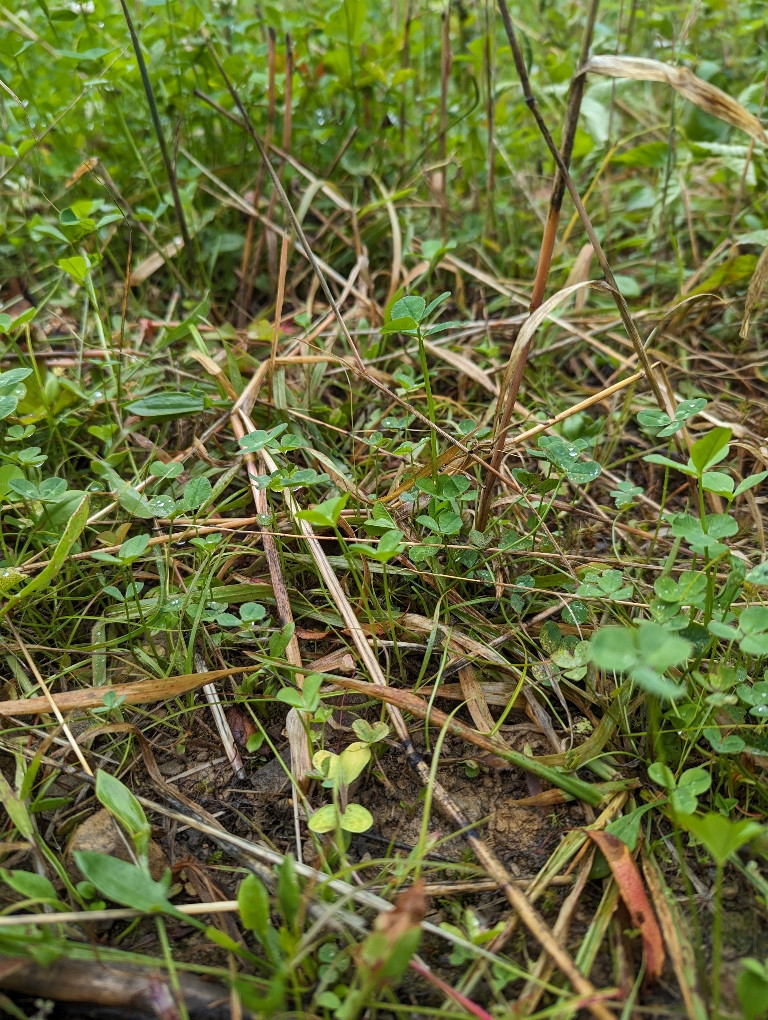Shearwood Forest
5 year old buck +
I did some throw and mows this past weekend, all 3 locations were first time plots in dozer cleared locations. Planted clover, oats, and peas last weekend in April behind the clearing process and weren't touched all summer. This past weekend I revisited them. 2 of the 3 did well with good clover coverage and oats were dying back but still standing. I seeded mixes into them all but each one got a different mix prescription. I seeded and mowed to 7in and got rain that day and night. The amount of weeds encroaching from the edges got the best of me and I thought what's the harm in spraying, I won't be able to once the mixes start coming up. I know it's not great to spray right after the mowing but it will either help or do nothing it can't hurt. So I mixed cleth crop oil and butyrac and sprayed the next day once it was dry.
I thought I had read enough of the labels and that cleth and butyrac were safe like gly to spray over seed but I've since been told that they both have residual effects. Did I just nuke all that seed?
Sent from my Pixel 7 Pro using Tapatalk
I thought I had read enough of the labels and that cleth and butyrac were safe like gly to spray over seed but I've since been told that they both have residual effects. Did I just nuke all that seed?
Sent from my Pixel 7 Pro using Tapatalk



